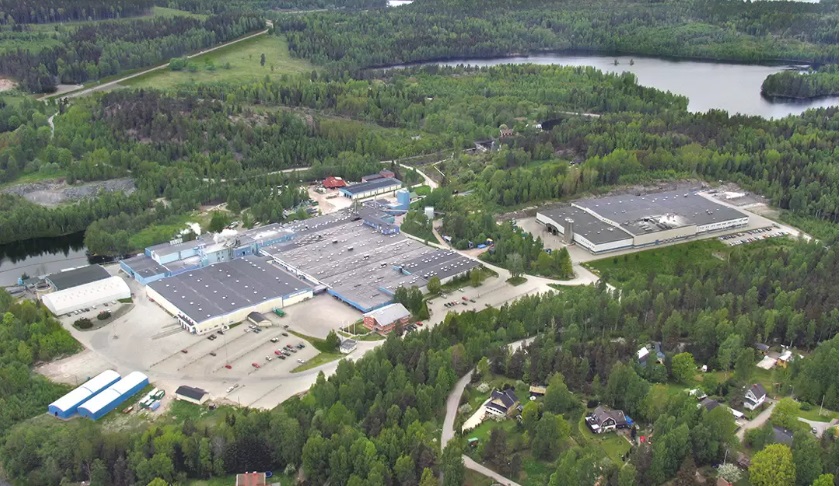Toscotec will supply a complete rebuild of PM1’s drying section to Rexcell Tissue & Airlaid at its Skåpafors mill in Sweden. Planned for the second half of 2024, the project aims to support Rexcell to achieve substantial energy consumption reductions as part of its strong commitment to sustainability.
Toscotec will supply a customized solution designed to deliver substantial gas consumption reductions, as well as a significant increase in machine run-ability.
The scope includes a press section upgrade, a latest generation TT SYD Steel Yankee Dryer with new steam and condensate system, and a high efficiency TT Hood with a complete air system. The latter features various steps of heat recovery and an advanced BMS (Burner Management System) to optimize combustion efficiency through precise control of the combustion air, where the burners are fit to make an efficient use of LPG first and biomethane in the near future. The hood plant is also equipped with TT Drying Equilibrium, a reliable system that automatically regulates the air balance in the hoods, thereby ensuring maximum drying efficiency, faster basis weight changes, and a production increase.
The rebuild aims to considerably reduce PM1’s thermal energy consumption through the use of state-of-the-art drying technology designed for energy efficiency, and to increase the machine speed and production capacity in the future.
Lars Andersson, CEO at Duni Rexcell, comments, “At Rexcell we take global environmental challenges very seriously. As a part of Duni AB, we share the same vision to be Net Zero 2030 along with considerable energy reductions. This machine upgrade is a strategic investment that perfectly fits into this vision. Toscotec’s energy efficient technology will take us a step closer to realizing maximum energy savings and minimal material footprint.”
Rexcell, a wholly owned subsidiary of Duni Group, operates one of the most advanced paper mills in Europe for the production of specialised tissue. Located in Skåpafors, Sweden, the mill started production in 1898 with their first paper machine.
